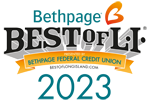Dogs are often called "man’s best friend," but the depth and resilience of the relationship between humans and dogs go far beyond companionship. Across history and around the globe, dogs have played countless roles in human lives: guardians, workers, protectors, and loyal friends. The connection we share with dogs is one of mutual benefit, unconditional love, and deep emotional resonance.
In this comprehensive guide, we explore the evolution, science, psychology, and everyday joys that define the remarkable bond between humans and dogs. Whether you’re a new pet parent or a lifelong dog lover, this article will offer insight into why our relationship with dogs is unlike any other in the animal kingdom.
1. The History of the Human-Dog Relationship
Ancient Beginnings
The earliest evidence of domesticated dogs dates back over 14,000 years. Archaeological findings suggest that early humans and wolves began forming mutually beneficial relationships. Wolves were drawn to human settlements for food, and over generations, the friendliest and most social wolves became part of the human family.
Working Partnerships
In ancient civilizations, dogs were used for hunting, herding, guarding, and even in spiritual or ceremonial roles. From Egyptian tombs to Roman mosaics, dogs were not only helpers but also symbols of loyalty and protection.
Modern Companionship
Today, dogs are most commonly viewed as family members, with their primary role being companionship. Still, their working roles continue in areas such as service work, law enforcement, therapy, and search and rescue.
2. The Science Behind the Bond
Oxytocin and Attachment
When humans interact with dogs—especially through eye contact, petting, and play—both species release oxytocin, often called the “love hormone.” This same hormone facilitates bonding between parents and children, which helps explain the strong emotional connection many people feel toward their pets.
Co-Evolution
Over thousands of years, dogs evolved to read human facial expressions, voice tones, and gestures. This co-evolution has made dogs uniquely skilled at understanding and communicating with humans, even more so than other domesticated animals.
Health Benefits
Numerous studies show that dogs reduce stress, anxiety, and depression in humans. Dog owners also tend to have lower blood pressure and more active lifestyles thanks to the daily care and exercise dogs require.
3. Communication and Understanding
Verbal and Non-Verbal Cues
While dogs may not speak our language, they are expert interpreters of body language and tone. A dog can tell the difference between a command given with confidence and the same command given with hesitation.
Human Adaptation
Similarly, humans have adapted to recognize the meanings behind different barks, tail wags, and ear movements. This mutual understanding deepens the connection and builds trust.
Shared Emotional Intelligence
Dogs are capable of empathy and often respond to human emotions. They comfort us when we’re sad, celebrate with us when we’re happy, and even act protectively when they sense we’re threatened.
4. Dogs as Emotional Support and Therapy Animals
Roles in Mental Health
Emotional support dogs help people with anxiety, PTSD, depression, and other mental health challenges. Their presence provides grounding, calm, and a sense of security.
Therapy Work
Certified therapy dogs visit hospitals, nursing homes, and schools, offering companionship and joy. Their calming effect has been linked to faster healing and reduced loneliness in patients.
Service Dogs
Trained service dogs assist individuals with disabilities, including visual impairments, epilepsy, and mobility challenges. These dogs are not only tools for independence but also constant emotional companions.
5. The Bond Within the Home
Daily Routines
Feeding, walking, grooming, and playing are daily rituals that reinforce the bond between dogs and their humans. Consistent interaction builds familiarity and trust.
Sleeping and Snuggling
Many dog owners share their beds or couches with their pets. This closeness reinforces the sense of belonging and affection between both species.
Celebrating Milestones
From birthdays to adoption anniversaries, many families include dogs in celebrations. Dogs are more than pets—they are woven into the emotional fabric of daily life.
6. The Role of Dogs in Families and Child Development
Teaching Responsibility
Caring for a dog can teach children empathy, compassion, and a sense of responsibility. Feeding, walking, and grooming routines create lifelong lessons in care and routine.
Emotional Support for Kids
Dogs offer unconditional love and nonjudgmental companionship, which is especially valuable for children navigating stress, change, or bullying.
Strengthening Family Bonds
Activities such as walking, training, or playing fetch together promote family bonding. The dog becomes a shared point of connection among all family members.
7. Dogs and Community Connection
Social Bridges
Dog walking leads to more frequent social interactions and neighborhood connections. Parks and training classes become gathering spots for dog lovers.
Volunteering Together
Many pet owners volunteer with their dogs at shelters, schools, or hospitals, reinforcing both the human-animal and human-human bond.
Building Compassion
The presence of dogs in public settings often encourages empathy, kindness, and a slower, more thoughtful pace of interaction.
8. Navigating Loss and Grief
The Deep Grief of Pet Loss
Losing a dog is profoundly painful because of the deep emotional bond built over years of companionship. The grief can be comparable to losing a family member.
Honoring the Bond
Rituals like memorials, photo albums, and planting trees help pet parents cope and honor the connection they shared with their dog.
Support Resources
Support groups, pet loss hotlines, and therapy can help individuals work through the complex emotions that come with losing a beloved pet.
9. Strengthening the Bond Through Activities
Training and Learning Together
Obedience classes, agility, and tricks are not just about discipline—they’re opportunities to build mutual respect and cooperation.
Adventure and Exploration
Hiking, beach outings, and road trips deepen the sense of partnership between human and dog. Shared adventures create lasting memories.
Quiet Time
Sometimes, the most powerful bonding moments are quiet ones: reading with your dog curled up beside you or enjoying a peaceful evening walk.
10. The Future of the Human-Dog Relationship
Advances in Canine Health
Better veterinary care, nutrition, and awareness are extending dog lifespans and improving quality of life.
Innovative Training and Communication Tools
Technology such as dog-to-human communication buttons and GPS collars is enhancing our ability to understand and care for our pets.
Evolving Roles
Dogs will likely continue to take on new roles in society, from emotional wellness partners to workplace mascots. Our relationship with them is ever-growing.
Final Thoughts
The bond between humans and dogs is rooted in history, biology, and shared experience. It is a connection based on loyalty, love, trust, and understanding. From ancient hunting partners to modern emotional support companions, dogs have always found a way to fit into our lives—and hearts.
Nurturing this bond through daily care, shared experiences, and continued learning ensures that it grows stronger with time. Whether it’s a wagging tail at the door or a head resting on your lap, the simple presence of a dog brings comfort and joy that few other relationships can match.
Looking to strengthen the connection you share with your dog? Visit danspetcare.com to explore personalized pet care services, expert training, and trusted local support tailored to your pet’s needs. Let us help you and your furry friend live your best life together. is rooted in history, biology, and shared experience. It is a connection based on loyalty, love, trust, and understanding.





